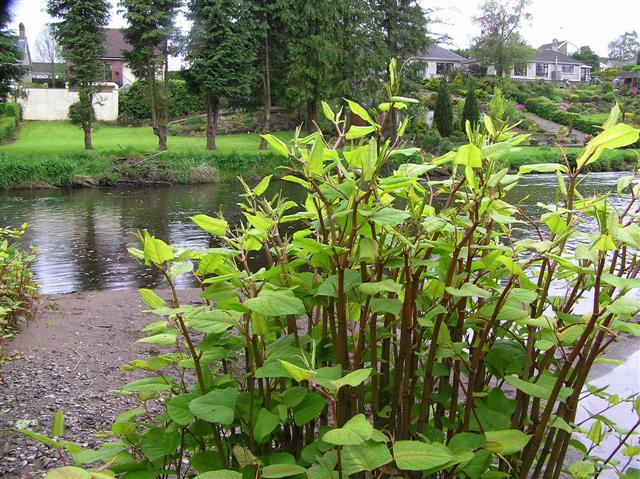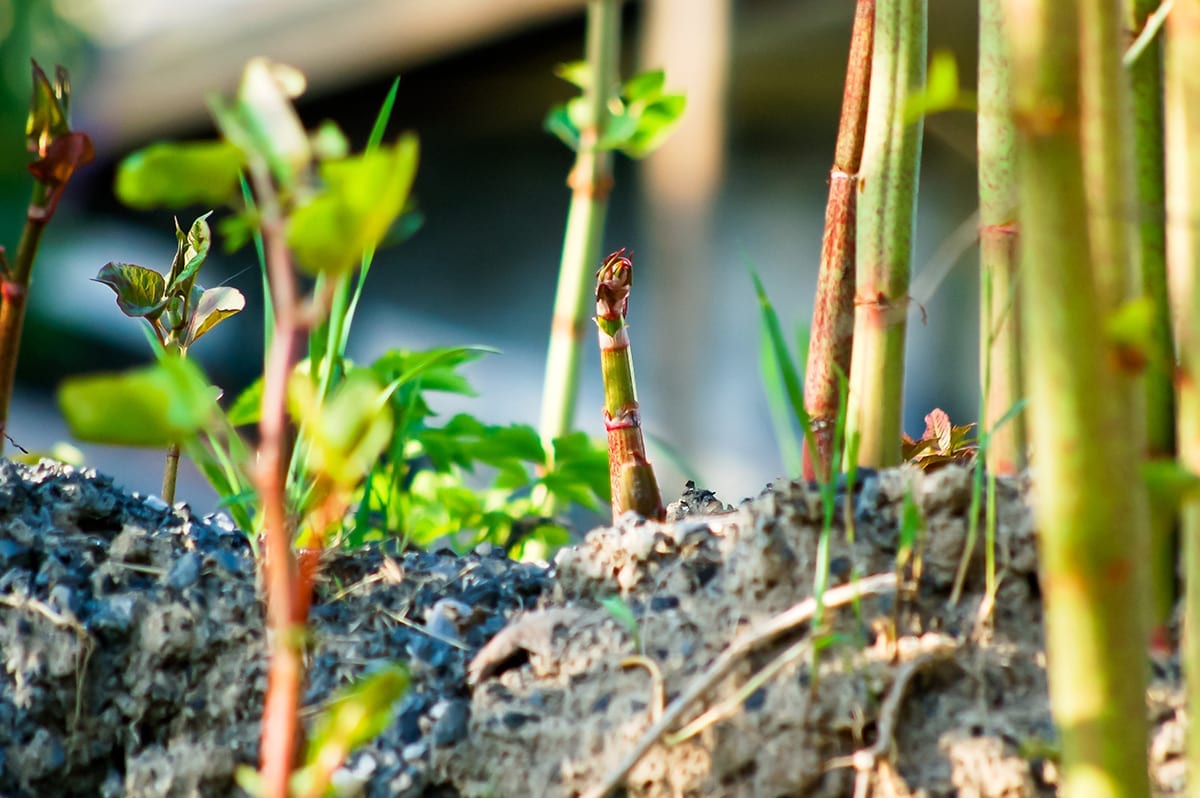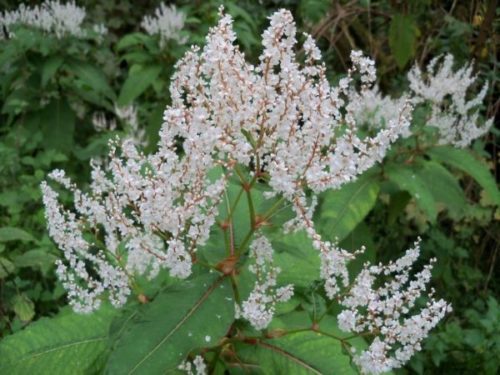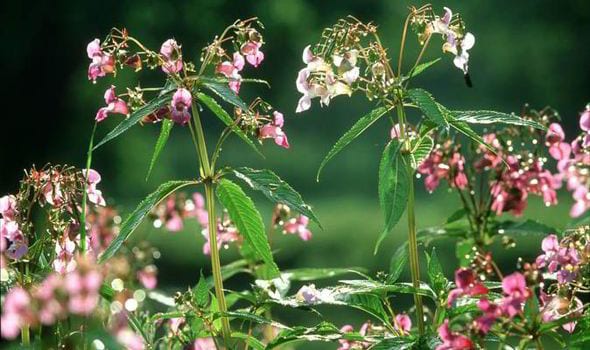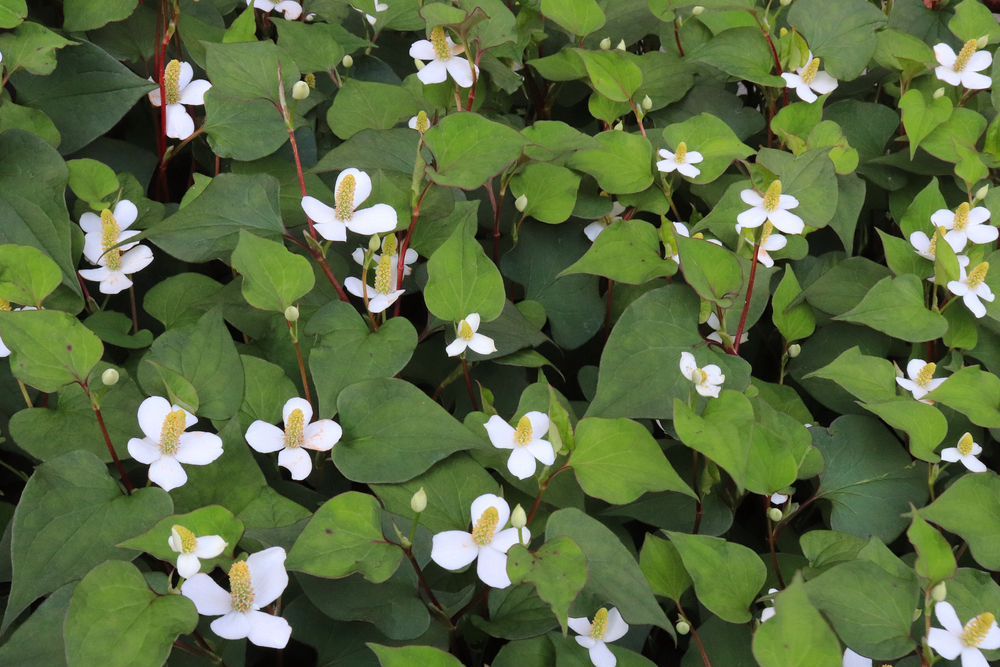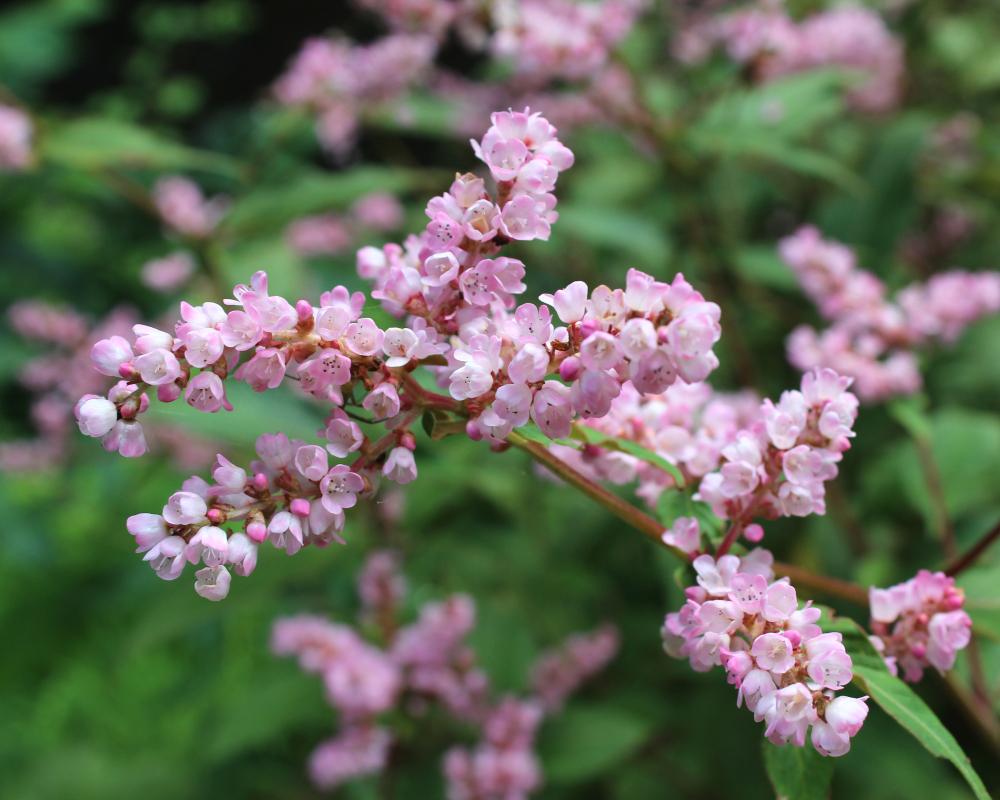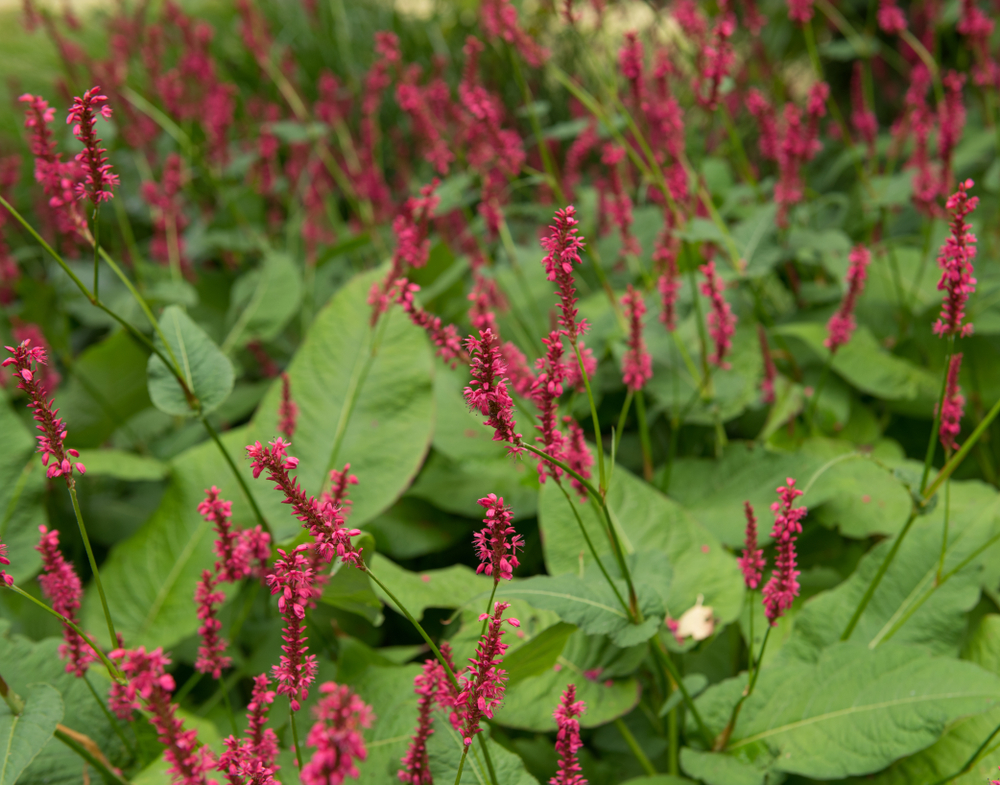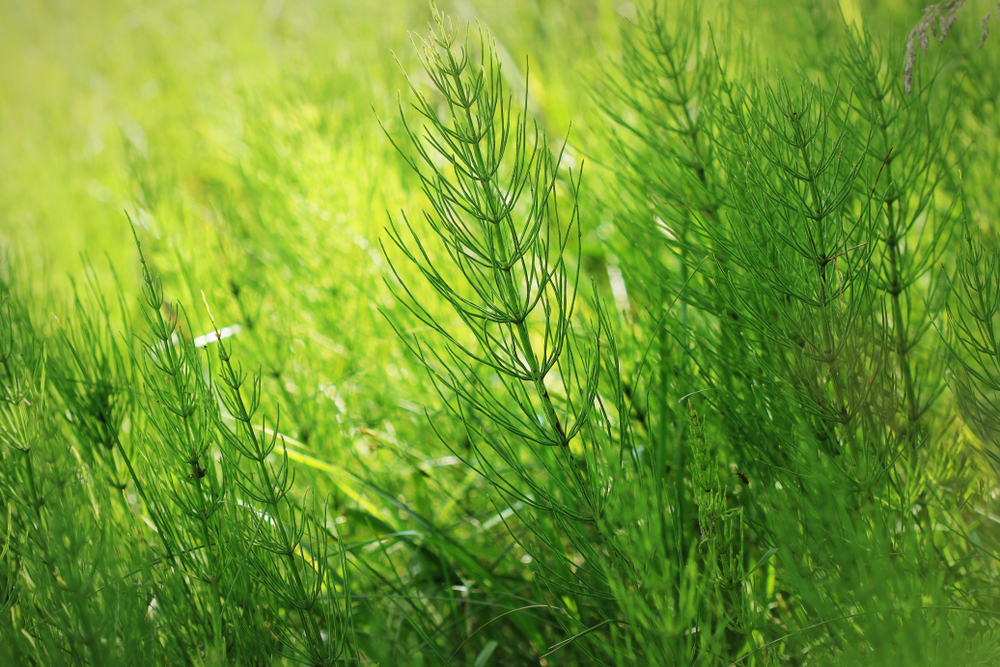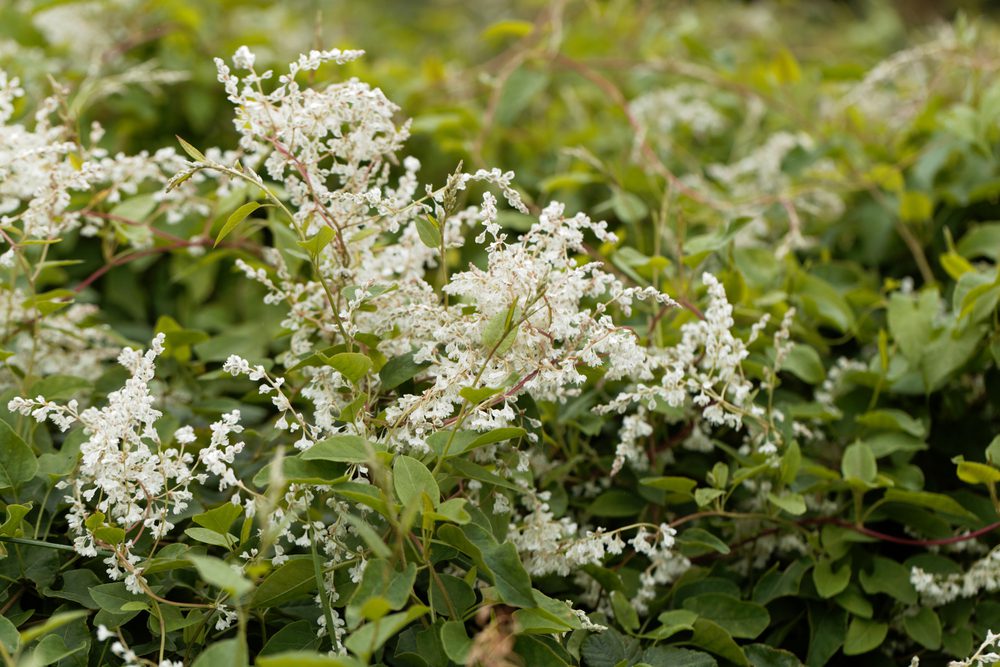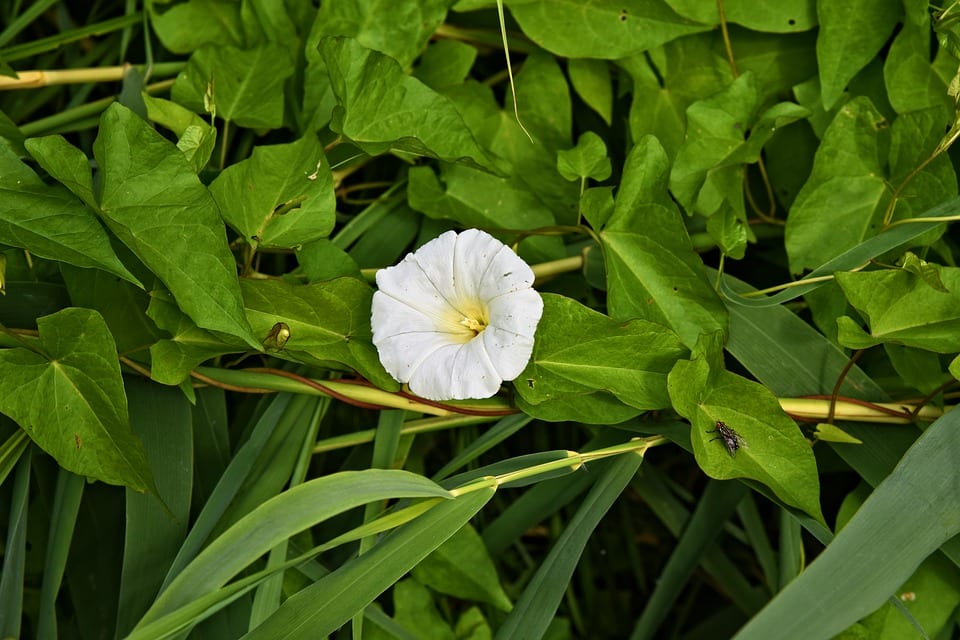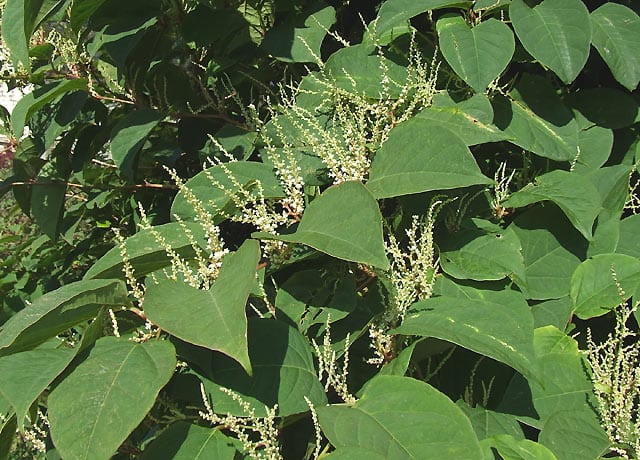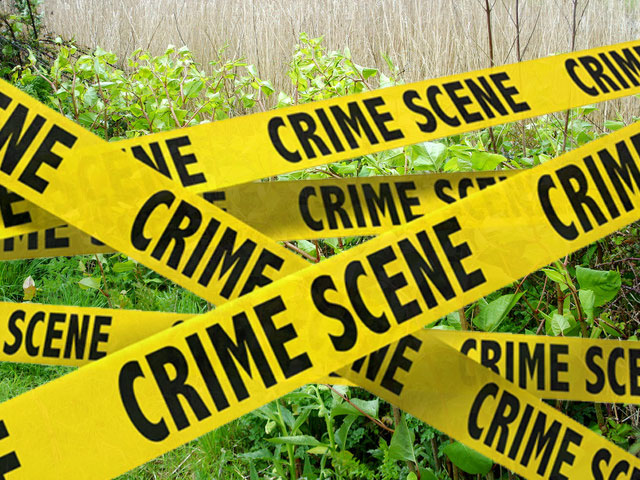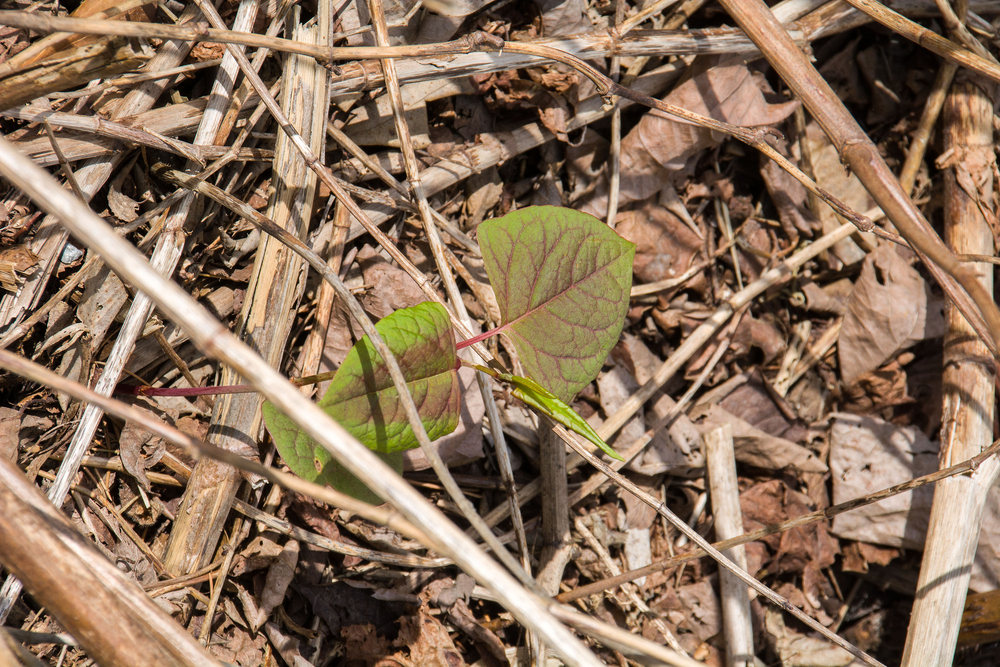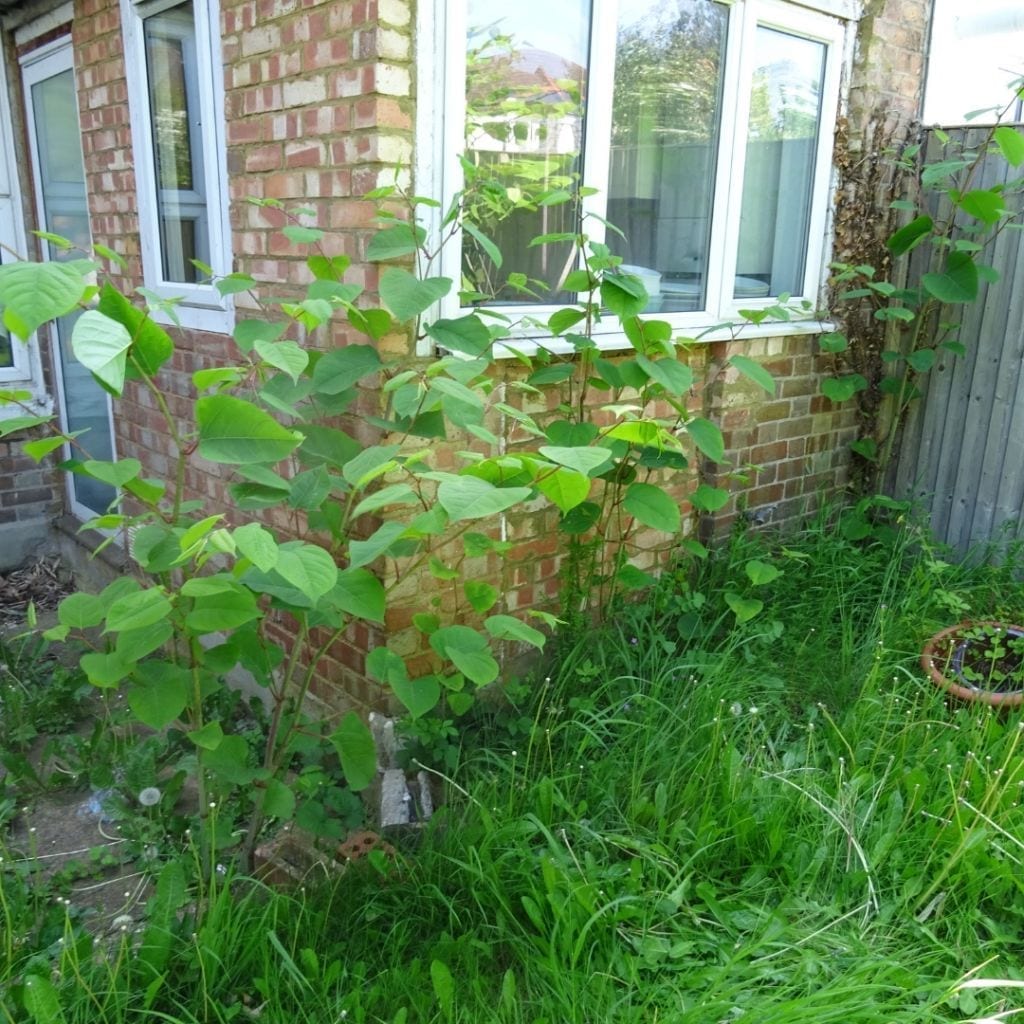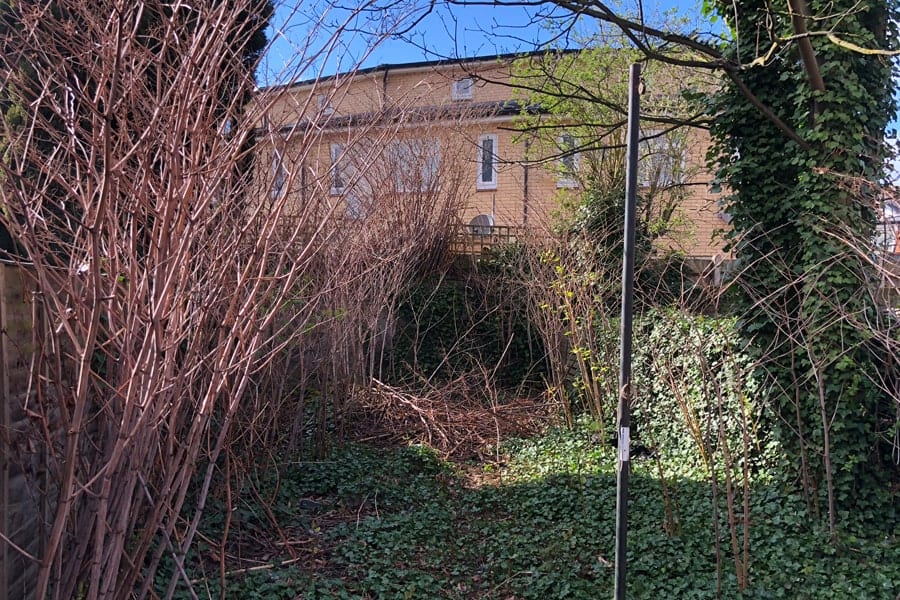
Japanese knotweed is much easier to identify during the summer months with its large heart-shaped leaves and white bunched flowers. The real question is though, what does Japanese knotweed in the winter look like? Can you remove Japanese Knotweed throughout the winter?
One thing is for certain, Japanese knotweed does not die during the wintertime, so don’t be deceived by its dead-looking leaves and stalks! Japanese knotweed prefers to shy away in the wintertime, getting away from the cold, dampness, frost and snow. The weed is not as visible as it is tucked away beneath the ground, where its rhizome system holds on to all the energy it needs to survive through harsh weather conditions. The visible part of the plant starts to deteriorate over the autumn months, where the leaves start to fall, leaving bare canes behind.
What does a Japanese Knotweed winter look like?
As previously mentioned, what can be seen above ground is sparse, especially if the infestation is small and the weeds can be easily flattened. In summer, Japanese knotweed can grow up to 20cm per day! On the other hand, Japanese knotweed during winter usually will not progress growing unless the conditions are at a higher temperature than usual. Large spaces that contain Japanese Knotweed may however be more easily spotted. Hordes of Japanese knotweed canes can stand even throughout the wind and rain.
An effective way to spot Japanese Knotweed during winter is by looking up close. You will notice stems shaped in a zigzag pattern, growing towards the sky. These canes will have an appearance similar to bamboo in a darker shade- hollow and light. Depending on what time you catch the weed, you may also notice the remains of white flower clusters. It is important to try not to break the plant or stand on the plant when identifying them as you may unknowingly spread it to different locations.
-If you’re unsure how to identify Japanese Knotweed, get the professionals in at CYB–
I’ve identified a Japanese Knotweed winter- what do I do?
Whatever the case, do not cut or chop Japanese Knotweed down. Japanese Knotweed is extremely difficult to dispose of and you can get fined for disposing of it incorrectly. Breaking canes of the knotweed risk breaking off a part of the crown attached to the underground rhizome network. This can trigger new growth, yes, but it can also lead to new areas of knotweed appearing in your property if the fragments are not properly handled.
A knotweed rhizome fragment that weighs as little as 0.7g can produce a new plant, which is why it’s so important to call up specialists like CYB as soon as possible. Specialists can remove the Japanese knotweed using methods that ensure they won’t return. In fact, CYB has a 5-year warranty to make sure that you feel confident in using their service.
Japanese knotweed winter in urban areas
Japanese knotweed in urban areas can appear little or not at all during winter, however, these are the areas that are most at harm from the weed. They can stand as a serious environmental problem, destroying local ecosystems and causing erosion near riverbanks. Winter floods can enhance a Japanese knotweed infestation as fragments of the knotweed can get transported via the water to new locations.
Thank You for reading our blog ‘What does a Japanese Knotweed winter look like’. If you have identified Japanese Knotweed in or around your property, make sure you call up the specialists CYB today.


